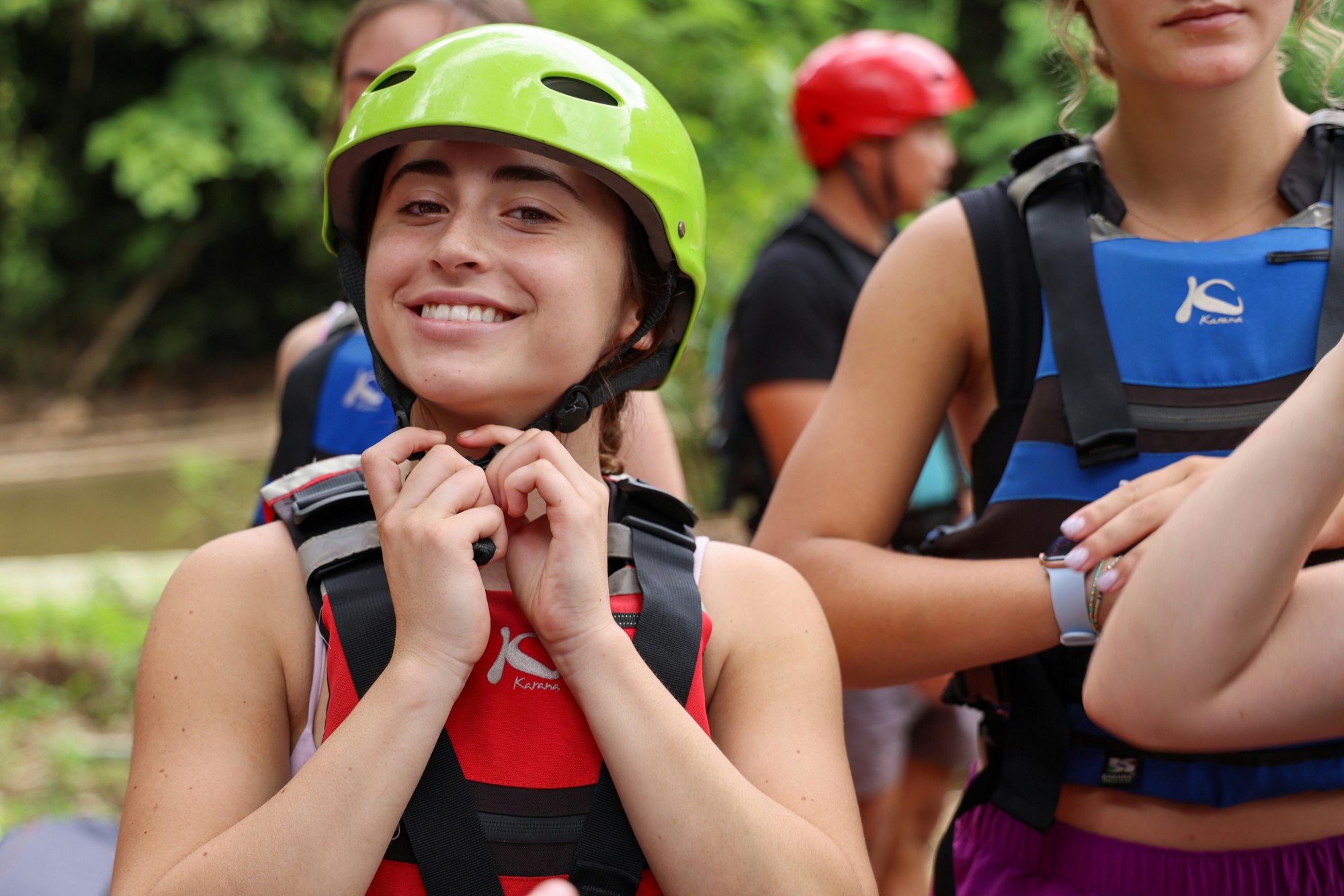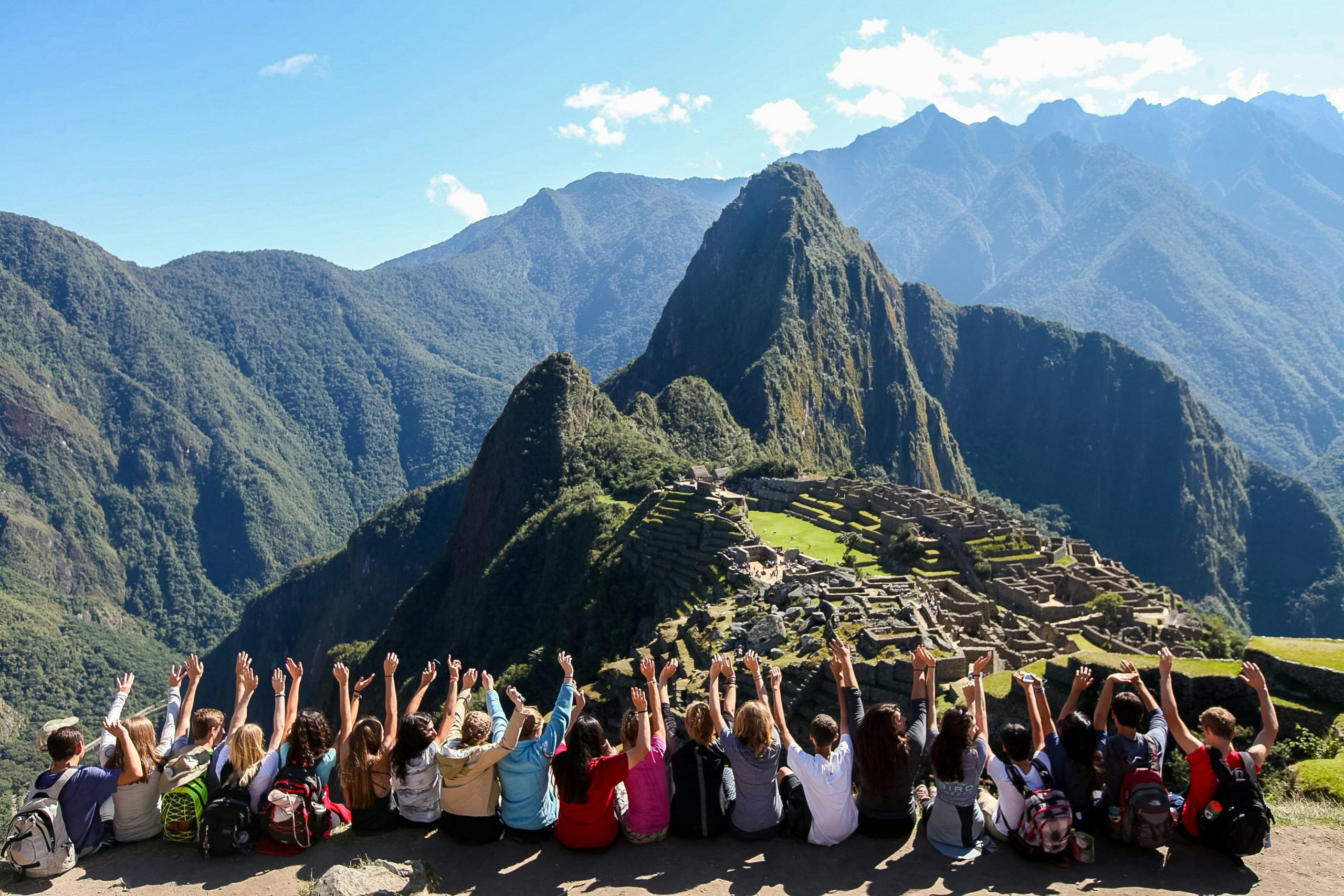How We Evaluated the Best Summer Programs for High School Students
Not every “best summer program” list is created the same. For this guide, programs were evaluated using criteria that matter most to high school students and parents: safety, supervision, educational value, cost transparency, and the overall quality of the experience.
When we mention “top-rated” programs, we prioritize providers and itineraries that are built specifically for teens and that clearly explain what’s included, how students are supervised, and how day-to-day activities support real learning and growth.
Our evaluation criteria
- Safety & supervision: Staff experience, emergency planning, local partnerships, and the ability to support teen well-being.
- Program design for high school students: Age-appropriate independence, structured days, and a balance of guidance and freedom.
- Learning value: Cultural immersion, language practice, service learning design, reflection, and meaningful activities beyond sightseeing.
- Cost clarity: Transparent program pricing, what’s included, and realistic expectations for additional costs (like airfare and spending money).
- Track record & reviews: Program ratings and feedback where available, alongside provider experience running teen travel programs.
Note: Exact costs, availability, and published ratings can change over time. Where we list third-party program details, they reflect what was available at the time of access.
How Much Do Summer Programs for High School Students Abroad Cost?
Summer programs for high school students abroad cost between $2,000 and $15,000, depending on the location, program type and what is included. For a one to three week summer program, the average cost per day is $370, which includes everything except the airfare to the destination.
A week-long program to the Dominican Republic can cost $2,595 plus airfare, while a month-long summer study abroad program in Northern Italy can cost $12,000 before flights.
The cost of a summer program for high school students abroad is typically higher than summer camp in the U.S. The average summer camp costs $173 per night, with ranges from $50 to $500+ according to the American Camp Association (ACA).
Programs abroad are a bigger investment than many domestic options, but they can offer unique benefits—like cultural immersion, language practice, and structured service learning—within a supervised environment.
Here is a summary of the typical costs of a summer program abroad:
*Typically included in the program fee
Many programs bundle and organize all of these expenses into one, all-inclusive price. It’s hard to put a price tag on a transformative experience, but we know that a $5,000 summer trip is quite daunting.
Thankfully, there are many ways to fund high school trips abroad, including scholarships and fundraising opportunities.
How to pay for summer programs abroad?
A high school student can pay for a summer program abroad through scholarships, fundraising and personal savings. Apply for a travel scholarship to offset some of the costs and make a summer program a bit more affordable. Here are some scholarship opportunities for high school students to go abroad for the summer:
Scholarships for High School Students
Fundraising
As a high school student, fundraising within your family and community is another great way to pay for a summer program abroad. Summer programs are not only transformative travel experiences, but also offer the opportunity to do community service abroad. Family members and others in your community can be lifelines in supporting your journey in working on meaningful projects abroad.
Here are some fundraising ideas you can do as a high school student:
- run a “service-a-thon” in your local community
- organize a party, concert, dinner party, or movie screening
- make the most of your birthday
- don’t forget the classics – car washes, bake sales, raffles and garage sales
- find a part-time job
Learn more tips for how you can fundraise as a high school student for a summer program abroad.
What is the cheapest country for summer programs abroad?
The cheapest country for a summer program abroad for high school students is Mexico. The average cost for seven days in Mexico is $1,402 without airfare. The most budget-friendly region for summer programs abroad is Africa, with an average per-week cost of $2,007. As a general rule, longer trips become much cheaper on a per-day basis but have a higher upfront cost.
We analyzed over 400 program offerings from the top service providers for summer programs abroad for high school students to find the most affordable program currently available. Here are the average costs for each region:
What is the cheapest country for study abroad summer programs for high school students?
India is the cheapest country for study abroad summer programs. When thinking about longer programs with non-inclusive pricing or a full summer study abroad, you need to consider the cost of living. The good news is that the cost of living in the U.S. is one of the highest in the world.
Odds are that the country you are considering for a summer abroad will be cheaper. India has a cost of living index of 21.2, meaning it is 70% cheaper in India.
Indonesia is one of the cheapest English-speaking countries to study abroad, with 30% of the population speaking English as a second language. Putting it in the context of the cost of a Big Mac, you will pay only $2.46 in Indonesia compared to $5.69 in the U.S. Choosing Indonesia for a summer study abroad program means you can order your Big Mac in English and pay 50% less than in the U.S. It’s quite the deal when you are a McDonald’s fanatic with an adventurer’s heart.
Take a look at the cost of living in the most popular countries for high school students:
Types of Summer Programs for High School Students Abroad
Types of summer programs for high school students abroad include language immersion, cultural immersion, volunteering and service learning, adventure and summer study abroad. Each different type of program can be a transformative travel experience and offers experiential learning that goes far beyond classroom lessons. Let’s take a closer look at the most common types summer programs abroad:
Language Immersion
Language immersion programs for high school students focus on enhancing language skills by immersing students in a country where the language is spoken. These programs often include structured classes, as well as opportunities for real-world practice through interactions with locals.
Students in Spain often return home with stronger Spanish language skills that benefit them in school and beyond.
- Average Duration: 2 to 4 weeks
- Top Destinations for Language Immersion Programs:
 France
France
 Spain
Spain
 China
China
Summer Study Abroad
Summer study abroad programs offer high school students the opportunity to take academic courses in a foreign country. These programs typically include classroom instruction, field trips and cultural activities, providing a well-rounded educational experience that extends beyond traditional learning environments. Summer study abroad programs also have the opportunity to count for college credits. For the academic-focused student, it’s the perfect opportunity to get a leg up when you start college while having the summer adventure of your lifetime.
- Average Duration: 3+ weeks
- Top Destinations for Summer Study Abroad:
 United Kingdom
United Kingdom
 Germany
Germany
 Japan
Japan
Cultural Immersion
Cultural immersion programs provide students with the chance to experience and understand different cultures. These programs often involve living with host families, participating in local traditions, and engaging in cultural activities that foster mutual understanding and appreciation.
- Average Duration: 1 to 2 weeks
- Top Destinations:
 Italy
Italy
 Thailand
Thailand
 India
India
Volunteering & Service Learning
Volunteering and service learning programs allow students to contribute to communities in need while learning valuable life skills. These programs combine hands-on service projects with educational components, helping students develop a sense of social responsibility and global awareness. Working alongside a host community helps students understand local challenges and contributions firsthand.
- Average Duration: 1 to 2 weeks
- Top Destinations for Volunteering & Service Learning:
 Thailand
Thailand
 South Africa
South Africa
 Fiji
Fiji
Sustainability & Conservation
Sustainability and conservation programs focus on hands-on experience with environmental and conservation projects. As a high school student, you can help protect sea turtles in Costa Rica from poachers or learn about the sustainability and supply chain of the coffee industry. These programs give a real-life experience of the efforts people around the world are making to do their part to save and improve the world we all live in.
- Average Duration: 1 to 3 weeks
- Top Destinations for Sustainability Programs:
 Costa Rica
Costa Rica
 Indonesia
Indonesia
 Ecuador
Ecuador
Adventure Programs
Adventure programs are for students seeking excitement and physical challenges. These programs often include activities such as hiking, rafting, and other outdoor adventures, promoting teamwork, resilience, and a love for the natural world.
- Average Duration: 1 to 2 weeks
- Top Destinations for Adventure Programs:
 Fiji
Fiji
 Iceland
Iceland
 Peru
Peru

 France
France Spain
Spain China
China
 United Kingdom
United Kingdom Germany
Germany Japan
Japan
 Italy
Italy Thailand
Thailand India
India
 South Africa
South Africa Fiji
Fiji
 Costa Rica
Costa Rica Indonesia
Indonesia Ecuador
Ecuador
 Iceland
Iceland Peru
Peru





